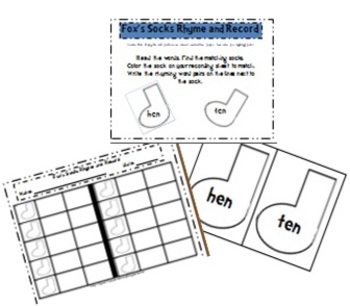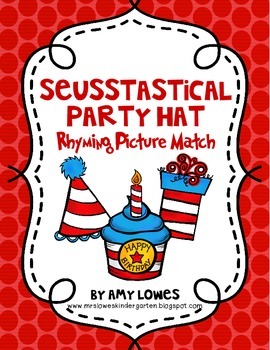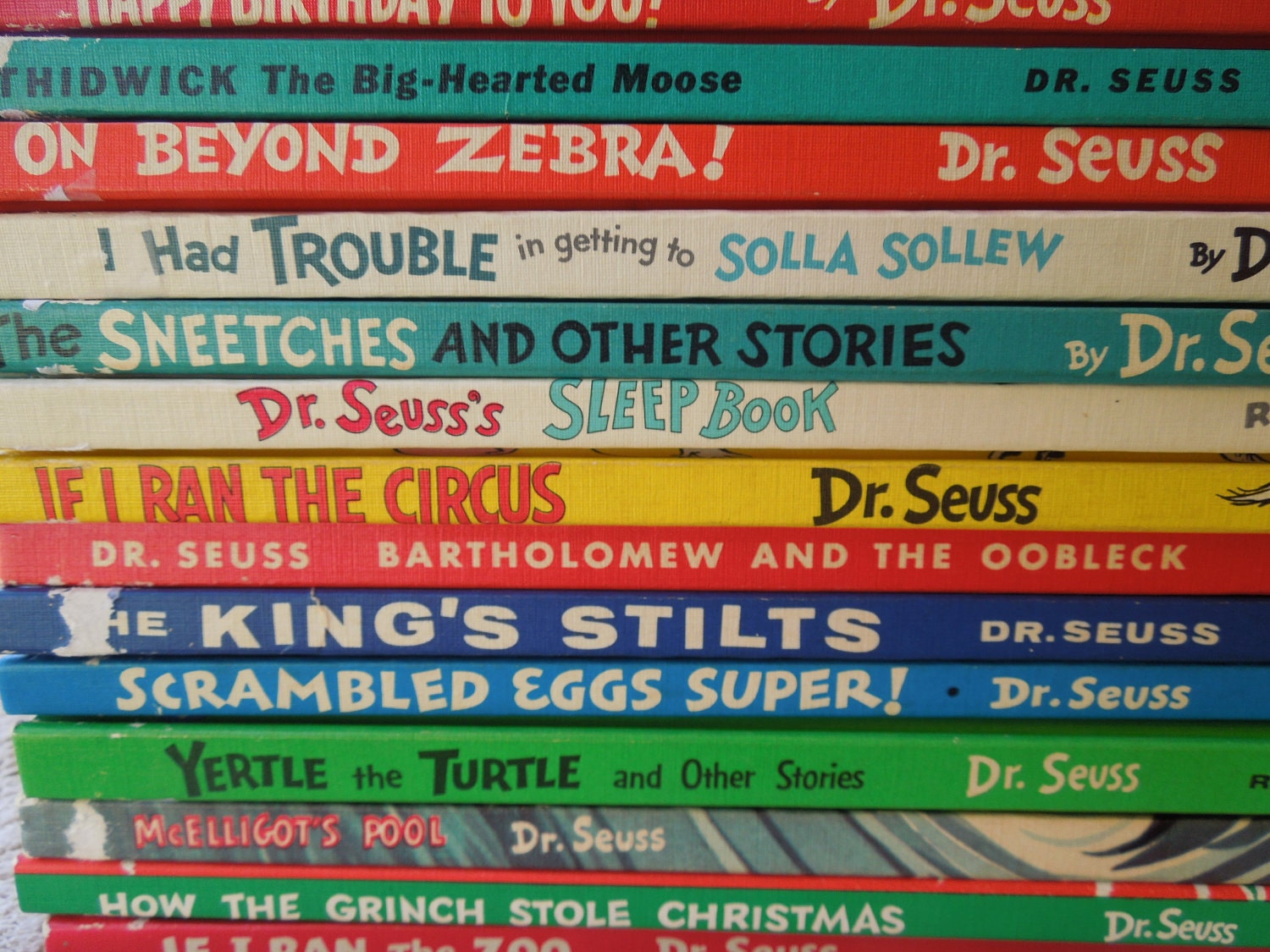Science
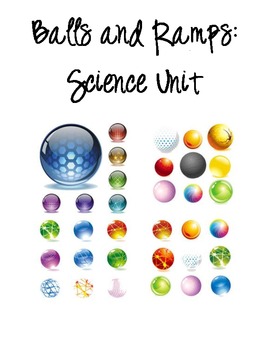
Playing with ramps and things that roll help children learn simple principles of physical science and engineering. During this science unit, the class engaged in fun activities to build and investigate together. The students used their math, writing, reading, science, and collaborative skills to investigate different balls and ramps. They worked independently and in groups when building ramps and discovering what happens when ramps are tweaked a little. Will the ball roll faster or slower? What happens when you raise or lower the ramp? It is such a fun way to observe and verbalize the differences in a variety of balls.
Math
Decomposing numbers
We spent a great deal of time learning and understanding composing and decomposing numbers. Truly understanding and investigating numbers helps children develop better number sense; therefore it is so important to work with numbers in a variety of ways. Decomposing numbers means breaking down numbers into their parts. Common Core standards has kindergarten students decomposing numbers in two ways. The first is to decompose numbers into their tens and ones (focus on numbers 11-19) and the second is to show how any number 1-10 can be created using a variety of addends.
Therefore, the children worked with numbers in different ways to fulfill this standard:
First they used objects and words to show that teen numbers have a group of ten and some ones.
Then they expressed this break down using equations.
Addition & Subtraction
We finished our unit on addition and subtraction and had some fun with it. The children read and solved many addition and subtraction story problems, played many online and hands on computation games, as well as writing another class book: If You Were A Minus Sign. In this latest class book the children wrote, illustrated and solved their own subtraction stories much like those presented in the book If You Were A Minus Sign by Trisha Speed Shaskan. I am still amazed at how well they grasped this concept. Although we will soon be moving on to our shapes unit, we will continue to strengthen our computation skills throughout the remainder of the school year.
Literacy: Vowels

We finally introduced and studied all the consonants in the alphabet and have moved on to our vowels. It's important that children learn the difference between a consonant and vowel, the sounds for each vowel, and that every word must have a vowel. They are the "glue" that holds our words together. Vowels can be abstract and challenging for some children at this young age, so it is important to make learning these letters fun. I typically spend one week on each vowel and introduce them in the order a, e, i, o, u, and sometimes y.
For the past several weeks, the children have learned many poems, songs, and games while working with the vowels a, e, and i. They've engaged in fun activities such as "I Have, Who Has" games for each vowel, Roll and Read CVC words games, BINGO, completed short vowel word/picture sorts, and read several short vowel emergent readers. We even sung a fun song that helps the kids learn the short vowel sounds. It is called Vowel Bat and it is sung to the tune of "Batman".

Chrissy Cox (TPT)
WRITING
April is a favorite month of mine for many reasons, one of them being the change in weather and another being that it is National Poetry month. In kindergarten we learn dozens of songs and poems to help make learning new concepts fun. So it is only fair that after seven months of enjoying reciting these many poems that we write some ourselves. Following the wonderful Bees enrichment program brought to our school by the PTA, I decided to engage the children in writing acrostic poetry about Spring. Acrostics are fun poems that anyone can write because they don’t need to rhyme, and each line can be as long or as short as you want it to be. We read the beautifully illustrated book Spring: An Alphabet Acrostic by Steven Schnur to help familiarize ourselves with acrostic poetry. We then brainstormed as many words and phrases as we could think of that pertained to spring. Finally, my poets were ready to create their first Acrostic poems and I must say they are brilliant. Our It's "Bee"ginning to Look Like Spring acrostic poems are on display in the hall accompanied by our beautiful 3-D bees.



TheHappyTeacher FallIntoFirst.com








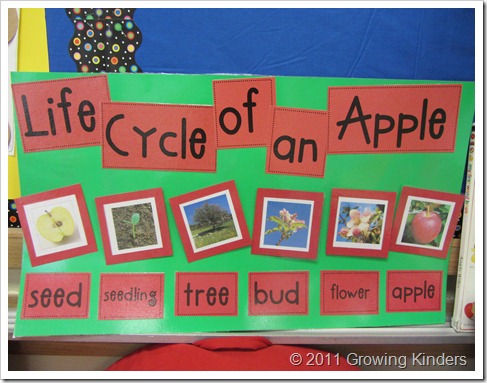
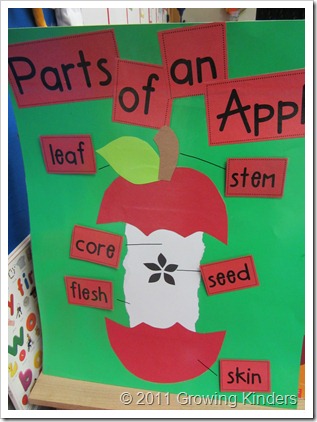
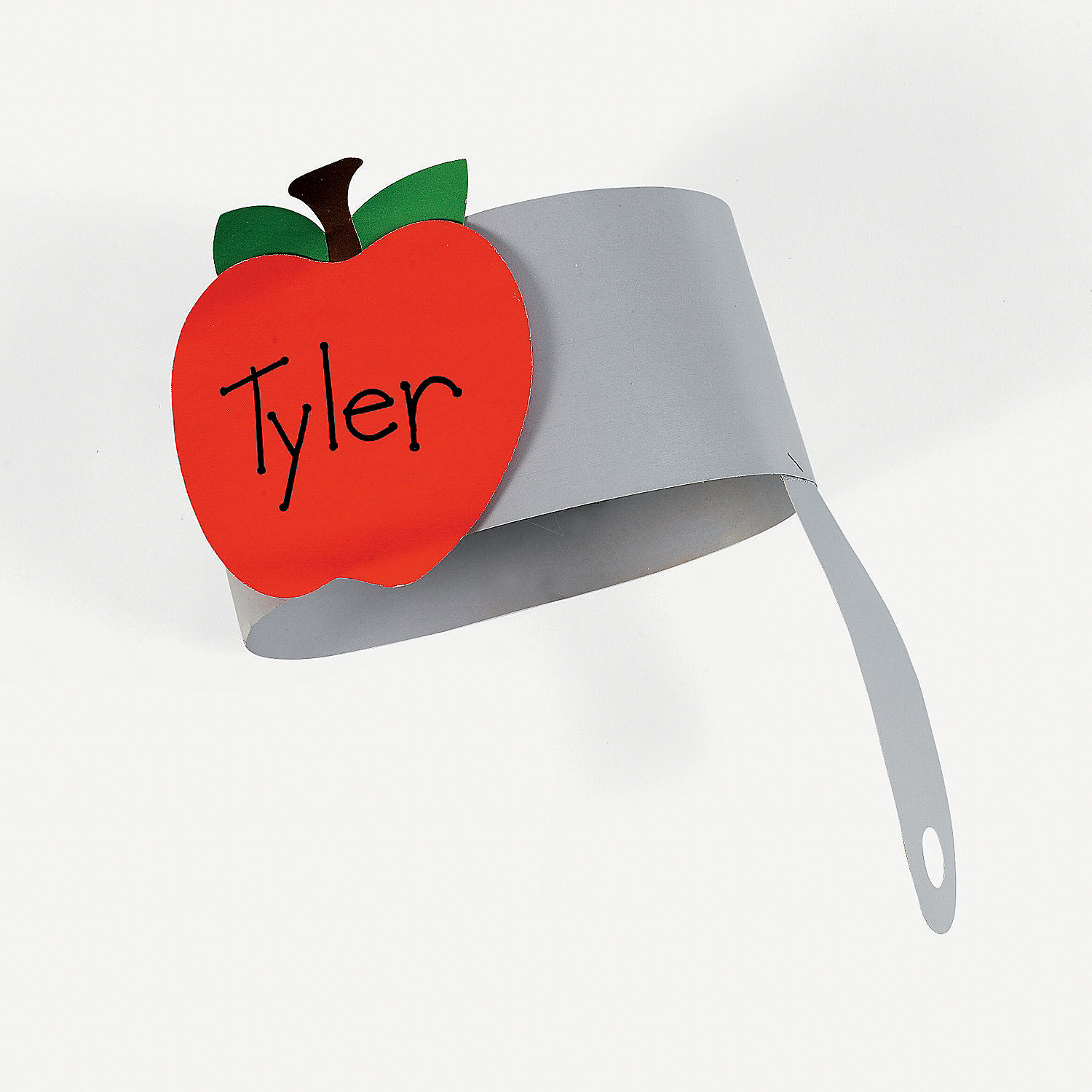




















![Silent e {Go Fish} Word Work [Reading] Station Center Game](http://mcdn.teacherspayteachers.com/thumbitem/Silent-e-Go-Fish-Word-Work-Reading-Station-Center-Game-1045936/original-1045936-1.jpg)








